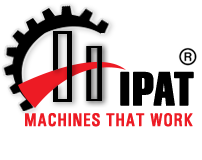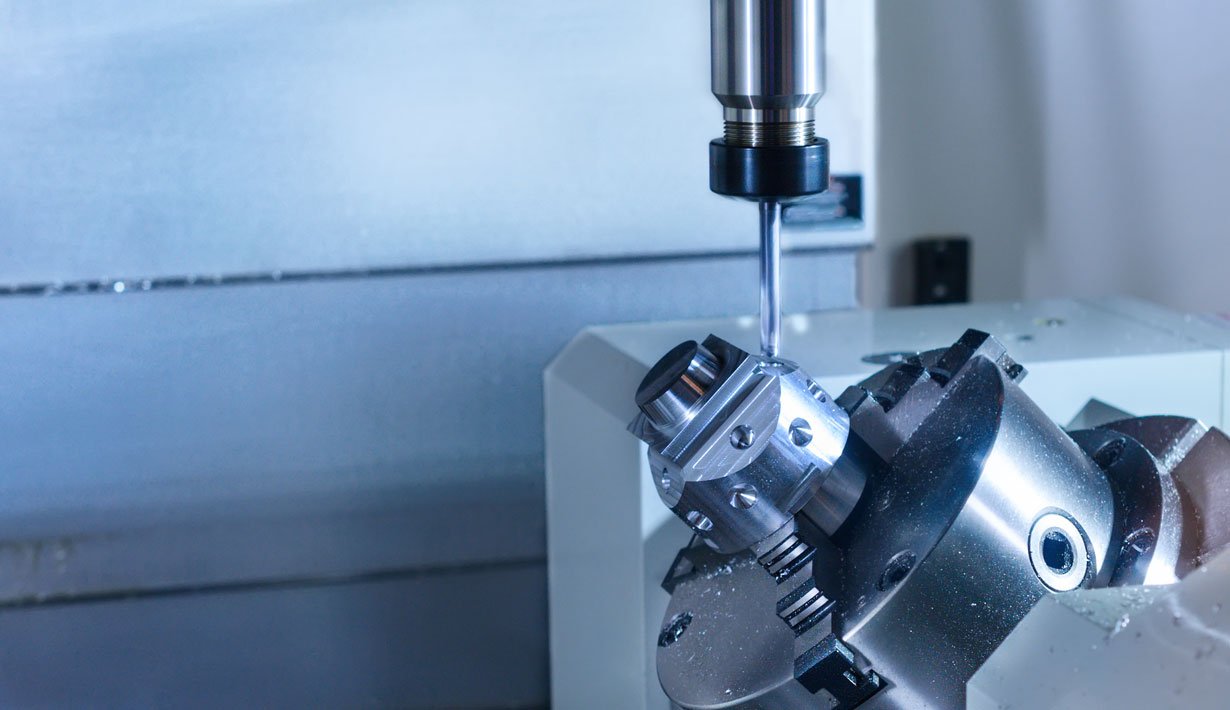The CNC Lathe and Turning centers market is growing at an impressive rate. In this article, we’re going to talk about what’s driving this growth, as well as some of the most successful companies in this corner of manufacturing across a variety of applications.
Introduction to CNC Lathes
CNC lathes are computer controlled Turning Centers used to create various turned products. When comparing CNC lathes to manual lathes, the primary difference is increased productivity afforded by automation and quicker turnaround times due to shorter setup times. CNC turning centers can be operated with or without a servo motor. However, most models today come equipped with a servo motor. The market for CNC lathes is growing as more and more manufacturers adopt this technology. The benefits of CNC lathes are numerous, including increased productivity, accuracy, and consistency. This guide will introduce you to the world of CNC lathes and help you understand the basics of how they work. If you’re looking for a new CNC lathe or turning center for your business, this guide will give you the information you need to make an informed decision. We’ll cover the different types of CNC lathes on the market, their features and benefits, and some key considerations for choosing the right model for your business.
The Different Types of CNC Lathes
There are several different types of CNC lathes on the market today. Each type has its own advantages and disadvantages, so it is important to choose the right one for your specific application. The most common type of CNC lathe is the turret lathe. These lathes have a rotating turret that holds various tools. The advantage of this type of lathe is that it can perform many different operations with a single setup. The disadvantage is that it can be slower than other types of CNC lathes. Another type of CNC lathe is the Swiss-type lathe. These lathes are very precise and can produce very small parts. The disadvantage of these lathes is that they are very expensive and require a highly skilled operator. The last type of CNC lathe is the vertical lathe. These have a vertical spindle and are very versatile. They can be used for a variety of applications and can be outfitted with a wide range of accessories.
The Various Applications of CNC Lathes
One of the most popular applications for CNC lathes is turning. Turning is a process in which the workpiece is rotated against a cutting tool to remove material and create a cylindrical shape. This process can be performed on both ferrous and non-ferrous materials, and can be used to create a variety of shapes, including cones, spheres, and threads. Other common applications for CNC lathes include drilling, tapping, reaming, and boring. Drilling is a process in which holes are created in the workpiece using a drill bit. Tapping creates internal threads in the workpiece, while reaming smooths out any roughness in the drilled hole. Boring creates larger diameter holes than can be accomplished with drilling alone. CNC lathes can also be used for milling operations. In milling, the cutting tool moves in multiple directions to remove material and create complex shapes. This process can be used to create slots, pockets, or cavities in the workpiece.
The Advantages of CNC Lathes
CNC lathes offer many advantages over traditional lathes, including increased accuracy, repeatability, and efficiency. CNC lathes are computer-controlled machines that operate on a set of predetermined instructions. This allows for greater accuracy and repeatability than traditional lathes, which are operated by hand. CNC lathes also offer increased efficiency, as they can complete tasks much faster than traditional lathes. Overall, CNC lathes offer many advantages over traditional lathes, making them the preferred choice for many applications.
Industry Growth and Trends
The CNC lathe and CNC turning center market is expected to grow at a compound annual growth rate of 5.6 percent between 2017 and 2025, according to a new report by Transparency Market Research. The study covers the period between 2016 and 2025. The main drivers for this market are the increasing demand for CNC lathes and CNC turning centers from the automotive, aerospace, and defense industries. These industries are increasingly adopting CNC technology to improve their productivity and competitiveness. In terms of geography, North America is the largest market for CNC lathes and CNC turning centers, followed by Europe. The Asia Pacific region is expected to be the fastest-growing market over the forecast period, due to the growing demand from China and India.
The Global Market for CNC Lathes Leading Companies in the CNC Lathe Market
The global CNC lathe market is highly competitive. The key players in the market are TL Pathak Group, Pathak Industries Pvt. Ltd., Hipat Machine Tools. These companies are well-established and have a strong presence in the global market. The leading companies in the CNC lathe market are focused on providing innovative products and services to their customers. They are also investing in research and development activities to introduce new products in the market. In addition, these companies are expanding their operations in the emerging markets to gain a competitive edge.
The CNC lathe and CNC turning center market is growing rapidly, with many companies investing in new technologies to improve their products and services. This growth is being driven by the need for more accurate and efficient machining of parts, as well as the desire to reduce production costs. As the market continues to grow, we expect to see more innovation and new applications for these machines.

